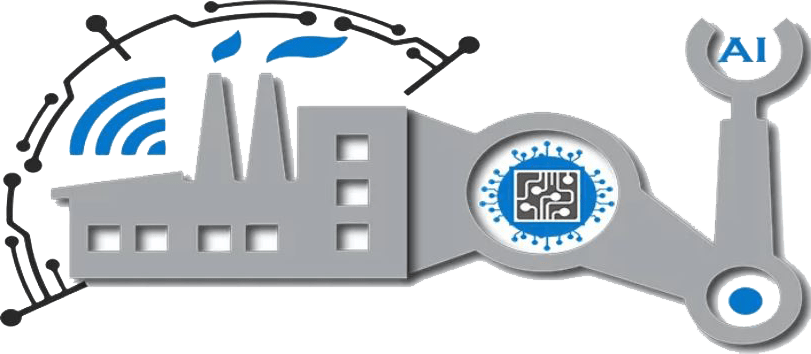Robotics 5.0 and Automation: The Nexus of Intelligent Machines in Industry
Abstract:
The evolution of robotics and automation has reached a new pinnacle with the advent of Robotics 5.0. This paradigm represents a transformative leap, where intelligent machines, empowered by advanced technologies, collaborate seamlessly with human workers to redefine industrial processes. This paper explores the dynamics of Robotics 5.0 and its profound impact on automation in various sectors.
1. Introduction:
Robotics 5.0 signifies the convergence of cutting-edge technologies, including artificial intelligence, machine learning, and advanced sensors, ushering in an era of highly adaptive and intelligent robotic systems. This evolution goes beyond traditional automation, emphasizing collaboration, flexibility, and cognitive capabilities in machines.
2. Key Features of Robotics 5.0:
a. Adaptive Learning: Robotics 5.0 introduces adaptive learning capabilities, enabling robots to acquire new skills, optimize performance, and learn from both human interactions and real-time data feedback.
b. Collaborative Robotics (Cobots): The paradigm shift towards collaborative robots fosters a symbiotic relationship between machines and humans, enhancing efficiency, safety, and flexibility in the industrial workspace.
c. Sensory Perception: Advanced sensors and perception systems empower robots with a heightened awareness of their environment, enabling them to navigate complex spaces, avoid obstacles, and interact intelligently with objects and humans.
3. Applications in Automation:
a. Manufacturing: In manufacturing, Robotics 5.0 revolutionizes production lines by introducing flexible automation. Cobots work alongside human operators, handling intricate tasks, and adapting to changes in production requirements.
b. Logistics and Warehousing: Intelligent robots enhance logistics efficiency with tasks such as automated picking, packing, and inventory management. Machine learning algorithms optimize routing and scheduling for improved supply chain operations.
c. Healthcare and Assistance: Robotics 5.0 finds applications in healthcare through robotic assistance in surgeries, patient care, and rehabilitation. Humanoid robots equipped with AI contribute to personalized and empathetic patient interactions.
4. Challenges and Considerations:
a. Ethical Considerations: As robots become more intelligent and integrated into daily life, ethical considerations arise, including questions about job displacement, privacy, and the responsible use of AI in robotics.
b. Safety Standards: Ensuring the safety of human-robot collaboration is paramount. Establishing and adhering to stringent safety standards is essential to prevent accidents and promote a secure working environment.
5. Future Perspectives:
Robotics 5.0 foreshadows a future where intelligent machines are integral partners in industrial and societal progress. Enhanced efficiency, adaptive learning, and collaborative capabilities contribute to a new era of automation that complements human skills and ingenuity.
6. Human-Robot Collaboration:
a. Skill Augmentation: Robotics 5.0 emphasizes the augmentation of human skills rather than replacement. Human workers collaborate with robots to perform tasks more efficiently, allowing for a focus on complex problem-solving and creativity.
b. Training and Integration: Continuous training programs ensure the seamless integration of robotics into various industries. Upskilling the workforce to work alongside intelligent machines enhances overall productivity and job satisfaction.
Robotics 5.0 and automation represent a paradigm shift in the relationship between humans and machines. As technologies continue to evolve, the integration of intelligent robots into various sectors promises not only increased efficiency but also opens new frontiers for collaboration, innovation, and the redefinition of work in the digital age.
